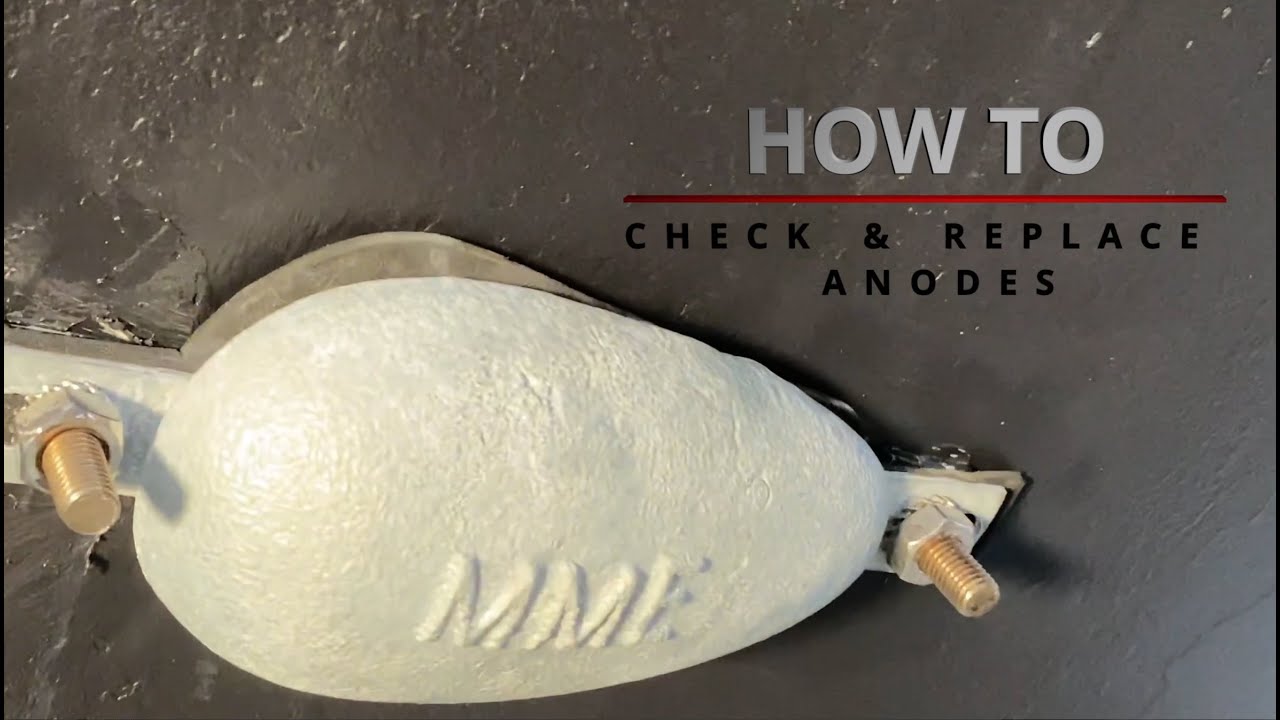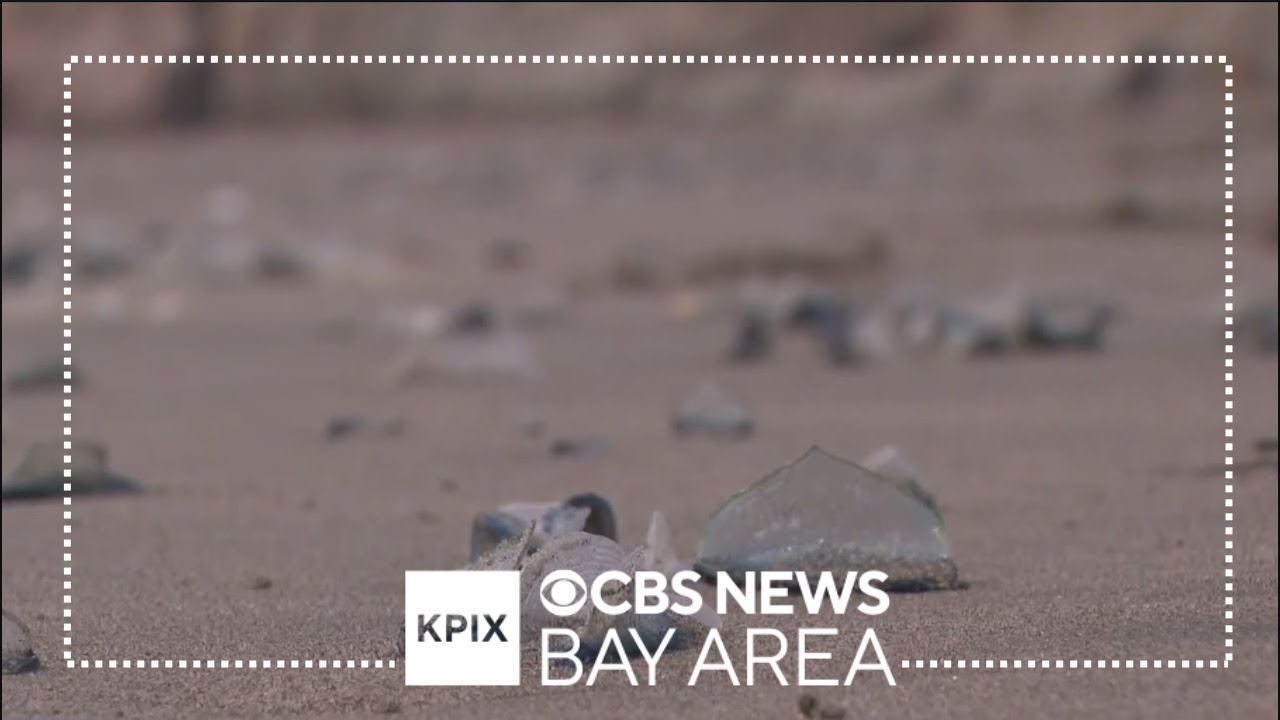Dacă nu v-ați verificat anozii în mod corespunzător, riscați deteriorarea gravă a fitingurilor metalice de sub linia de plutire, inclusiv a tuburilor de apă, a fitingurilor de piele, a elicei și a motorului. Matt Sheahan discută cu instructorul de iahturi offshore Bruce Jacobs la Rubicon 3 (www.rubicon3.co.uk) pentru un ghid de experți despre cum funcționează anozii, cum să verificați funcționarea lor și să vă asigurați că barca dumneavoastră este protejată corespunzător.
[NOTE: Bonding seacocks in a wooden boat can cause electrolysis within the timber. Seek specilaist advice.]
Seria How To de la Yachting Monthly vă este adusă în asociere cu GJW Direct. GJW Direct oferă unele dintre cele mai cuprinzătoare polițe de asigurare pentru bărci de pe piață, la prețuri foarte competitive. Cu peste 175 de ani în asigurări maritime, ne-am dori să credem că atunci când vă asigurați iahtul cu noi, puteți fi sigur că aveți de-a face cu specialiștii în asigurări de bărci, lăsându-vă liber să vă bucurați de timpul petrecut pe apă. https://www.gjwdirect.com/ Acest videoclip a fost filmat înainte ca guvernul Regatului Unit să introducă măsuri de distanțare socială. Stați acasă, fiți în siguranță, protejați NHS. –- Abonați-vă la canalul de Youtube al Yachting Monthly la: https://www.youtube.com/user/YachtingMonthly/videos Abonați-vă la revistă la: https://www.yachtingmonthly.com/subscriptions/yachting-monthly-subscriptions Citiți mai multe articole de navigație la: https://www.yachtingmonthly.com/ Apreciați pagina noastră de Facebook la: https://www.facebook.com/yachtingmonthlymag/ Urmărește-ne pe Twitter la: https://twitter.com/yachtingmonthly Urmăriți ne scrieți pe Instagram la: https://www.instagram.com/yachtingmonthlymag/
source





Calling zinc less noble, is very hurtful.
Love when you post videos. Used to do the best reviews too!
If you own a wooden yacht please don't bond your anodes internally.
You can replace them under water we dive inspect hulls and replace anodes all the time.
He placed it the wrong direction it will cost some additional drag to boat
I subscribed because of this information. Thankyou!
Anodes do not protect the gear box plate/engine unless the anode in in the same electrolyte if we are talking about Cathodic Protection. If we are talking stray current or earth leakage then bonding to the anode is so that when the current returns to source, it leaves via the anode and metal loss only occurs at the anode, not the skin fittings or props. Spring washers should not be used to attach the anodes but serrated washers to ensure electrical connection. Caution when you apply any loc tight to any threads as it can insulate the studs from the nuts, thus preventing electrical connection from the anode to the studs. Get your Z-Gaurd anodes via Marathon Lesuire this winter
Hello, I love the video! Would you also be able tolet me know where to put the anodes? How many do I need on a 29meters long boat? Thanks in advance.
So when you talk about a “season” can you be a little more specific, 6 months, a year. Why do I ask? A boat may not come out of the water but once per year or in autumn and then back in the water in the spring.
So is once per year haul out and check adequate?
And if we find the zincs less than 50% we need to increase the anode size or quantity.
Step 1: buy fiberglass boat
Step 2: sell aluminum boat
I have a Fiber Glass boat. PropShaft has been removed there is a piece of bronze that's glassed in for the cutless bearing. This has a plastic cover on it. Should I put a zink close by or does it need to be in contact with the bronze. Thank you
Thanks
Thanks for an interesting video! One small point – bonding all the metal through hull components together doesn't seem necessary to prevent shock risk – you need at least 50V difference between two places someone can touch to drive a potentially fatal current through them and this seems very unlikely. If a boat was moored in such a strong electric field I think it would also very rapidly corrode any metalwork in the path, and the battery negative connection would also be irrelevant. Connecting the metalwork to shore power earth might help but would also mean bigger currents and faster corrosion.